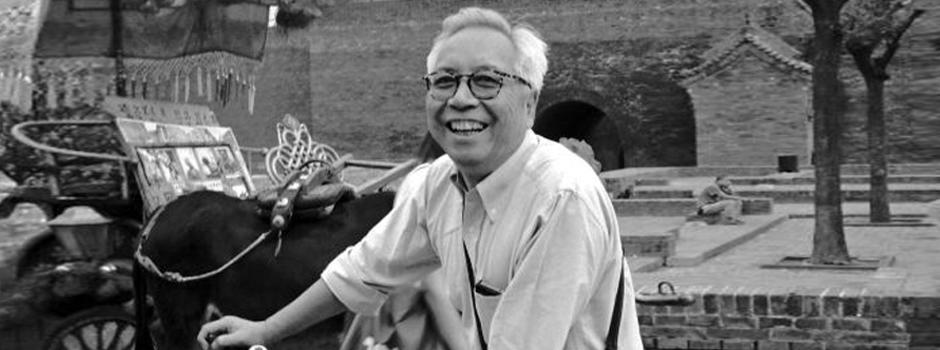On Tuesday, Pulitzer-winning photojournalist Liu Heung Shing recounted his experiences of documenting lives in “the sea of red” – transformative China and the Soviet Union in the early 1990s. The event was hosted by Clinical Associate Professor of Arts Barbara Edelstein.
A Hong Kong native, Liu attended university in New York where he took a photography course as an elective in the last semester of his senior year in 1975. While his interest in photography grew, Liu did not foresee a career as a photojournalist, let alone becoming a correspondent for the Associated Press.
Throughout his career, Liu was dispatched to a many places, including Beijing, New Delhi, Seoul and very memorably, Moscow. “Living and working in the USSR was a key moment of my career because I was able to witness and document the collapse of the empire that the former Chinese model was based on,” Liu said.
On Christmas Day of 1991, Liu received a phone call from Tom Johnson, then president of CNN, asking him to come to the Kremlin at 7pm that same evening. When he arrived, Liu grabbed the chance to take the famous photograph of Mikhail Gorbachev closing the book containing the agreement which dissolved the Soviet Union. The exclusive documentation of the historic moment led him to win the 1992 Pulitzer Prize in Spot News Photography.
Liu photographed a number of historical moments in China as well, many of which were featured in his books China After Mao: Seek Truth from Facts (1983) and China in Revolution: The Road to 1911 (2012). He mentioned documenting the first bottle of Coca-Cola in China and the country’s first eyelid surgery. In the end, Liu shared with the audience his famous portrait of well-dressed young women studying for gaokao, the Chinese college entrance examination, sitting on the ground of the Tiananmen Square where the light at night was brighter than in most homes of the time.
In 2014, Liu moved from Beijing to Shanghai to establish the Shanghai Center of Photography (SCoP) located on the West Bund. Since its launch in 2015, SCoP has become the city’s premier venue for photography, showcasing the work of leading international and domestic photographers.
“I hope the SCoP can add to the conversation on independent photography in China,” he said in an answer to student’s question. “For me, the true value of a picture is its ability to evoke an emotional response. For that purpose, we need the most talented young people to be bold in their expression.”

By Aleksandra Lekowska ‘18


